
The story of how Downtown New Britain, Connecticut developed a Complete Streets Master Plan, and in the process gained so much more.
View this complete post...







John Hennessy III,
P.E.






The story of how Downtown New Britain, Connecticut developed a Complete Streets Master Plan, and in the process gained so much more.
View this complete post...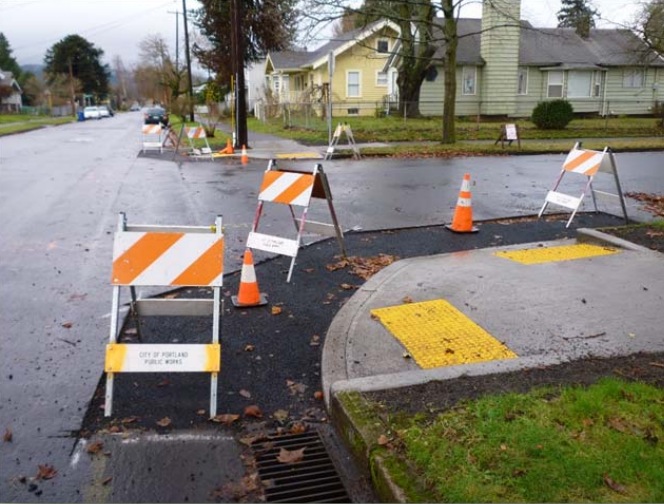
ACTIVE LIVING RESEARCH
The study’s main objective is to estimate a model of pedestrian route choice preference. The results of the model can be used to understand the willingness of people walking to go out of their way to avoid negative features and experience positive features along a route. The model is estimated in a way that would allow incorporation into traditional regional models of travel demand to better represent walking options.
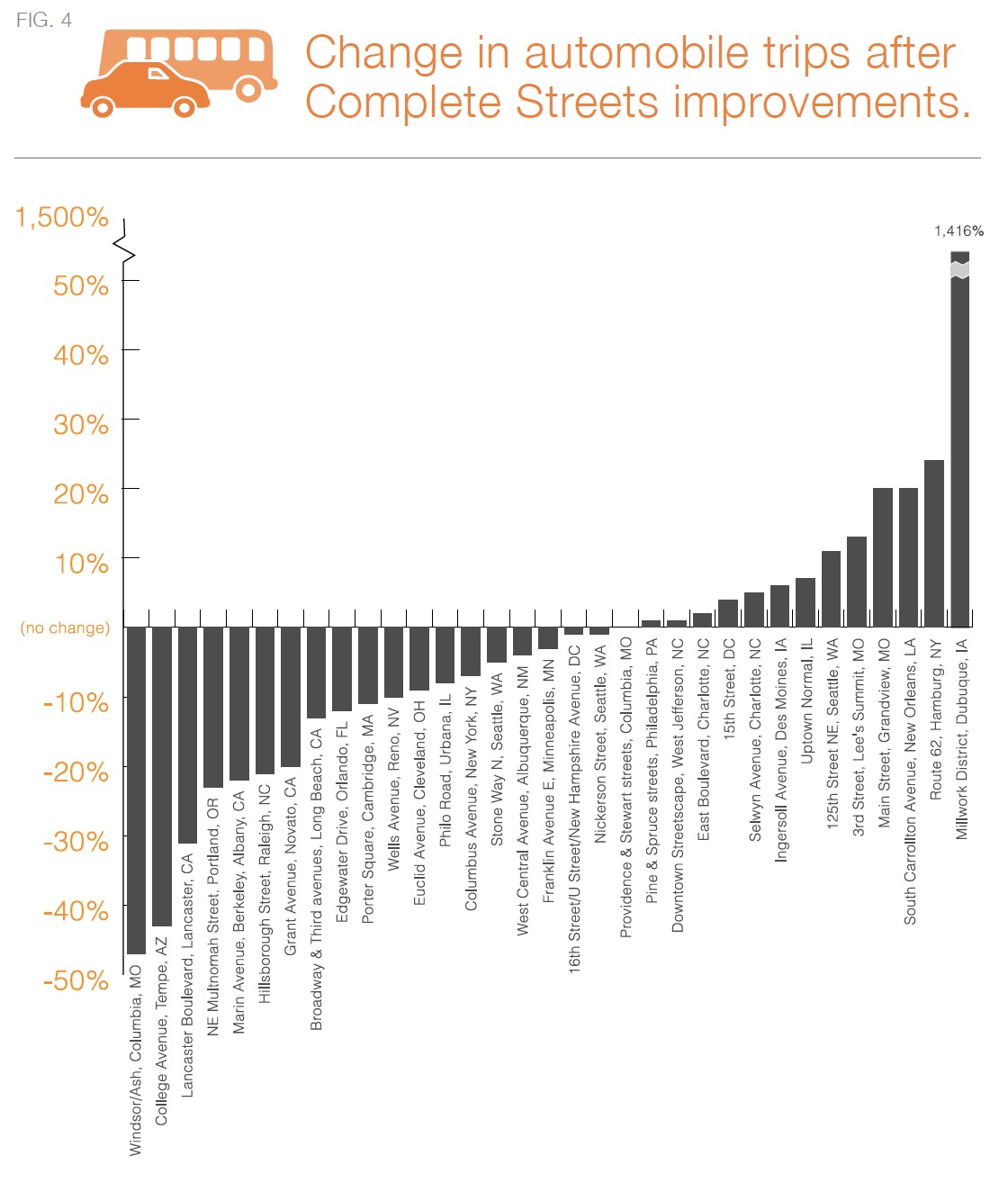
SMART GROWTH AMERICA
In this study of 37 projects, Smart Growth America found that Complete Streets projects tended to improve safety for everyone, increased biking and walking, and showed a mix of increases and decreases in automobile traffic, depending in part on the project goal. Compared to conventional transportation projects, these projects were remarkably affordable, and were an inexpensive way to achieve transportation goals. In terms of economic returns, the limited data available suggests Complete Streets projects were related to broader economic gains like increased employment and higher property values.
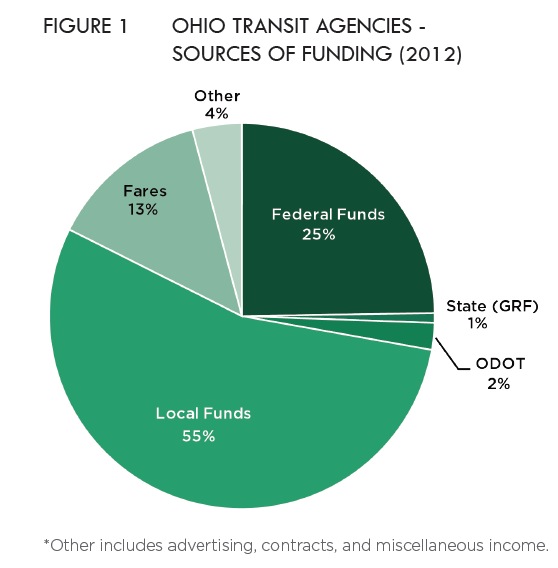
OHIO DEPARTMENT OF TRANSPORTATION
Changing cultural preferences for transportation are evident from both younger (millennials) and older generations (baby boomers). A large portion of these populations express a desire to live in communities that are bikeable, walkable and have transit.
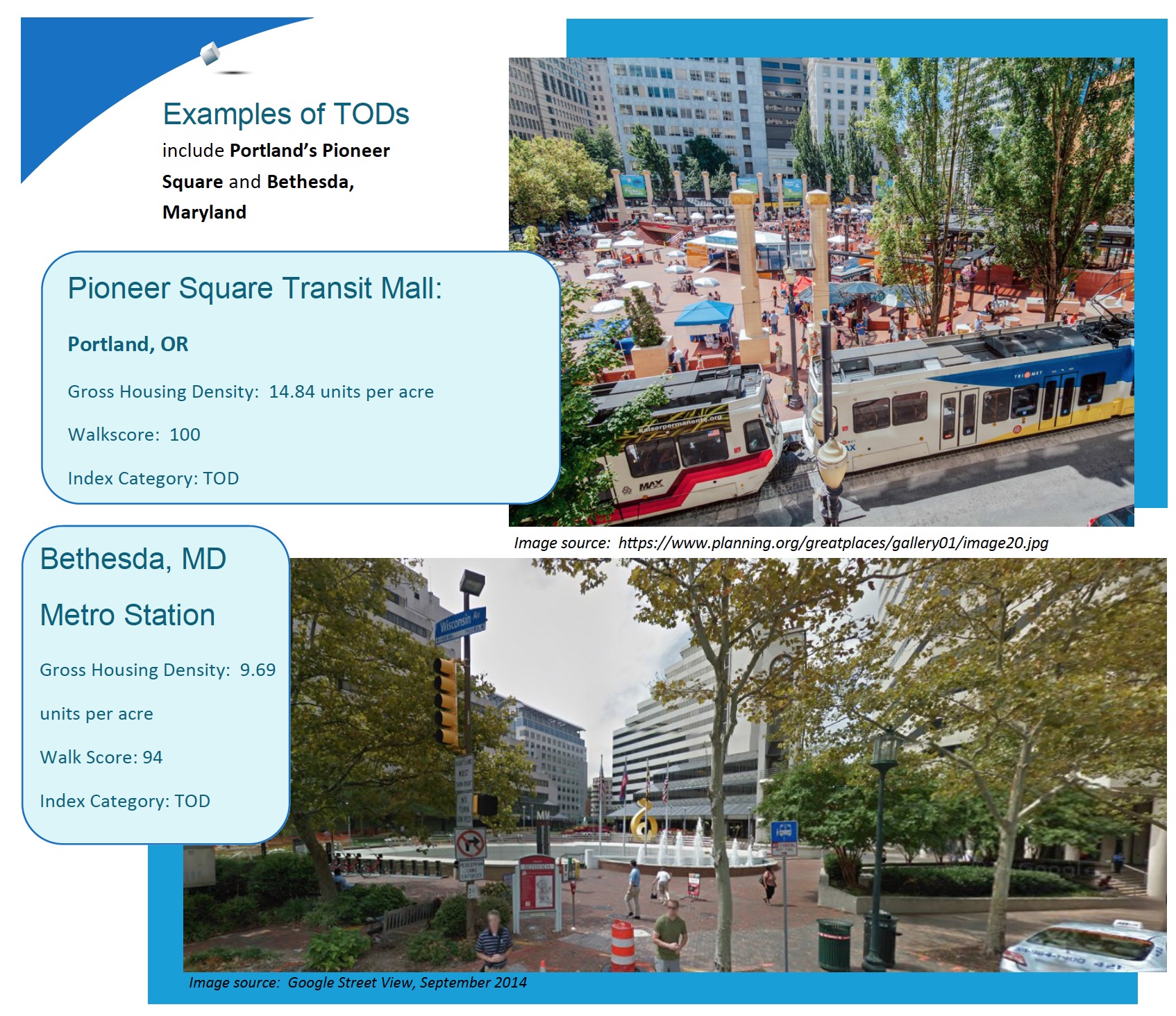
THE TOD GROUP
In August 2014, the average home value in TODs was $518 per sf. The average home value in Hybrids was $251 per sf and the average home value in TADs was $196 per sf. This compares to the average national ZHVI for that same month at $149 per sf. Therefore, the average home in a TOD was worth 3.48 times more than the average home in the United States.
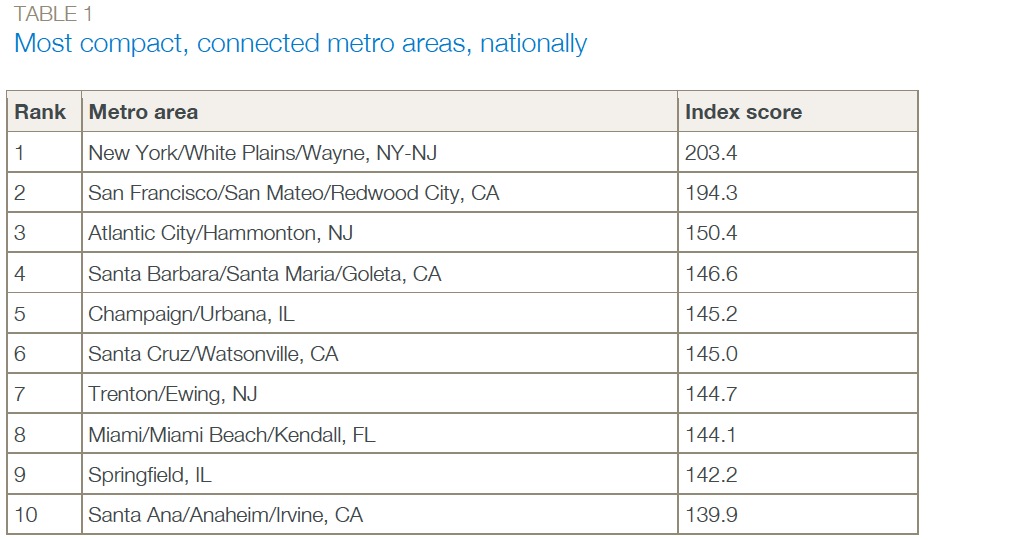
SMART GROWTH AMERICA
Some places in the United States are sprawling out and some places are building in compact, connected ways. The difference between these two strategies affects the lives of millions of Americans.

POLICYLINK
CHANGELAB SOLUTIONS
With childhood obesity at an all-time high, many health advocates are calling for greater access to walkable schools as an important element of a comprehensive approach for addressing this epidemic. Children who can safely walk or bicycle to and from school can build physical activity into their daily routine. In 1969, about half (48 percent) of K-8th grade students walked or bicycled to school. By 2009, only 13 percent did so. Many factors, including schools’ locations, have led to this decrease in children walking and biking to and from school.
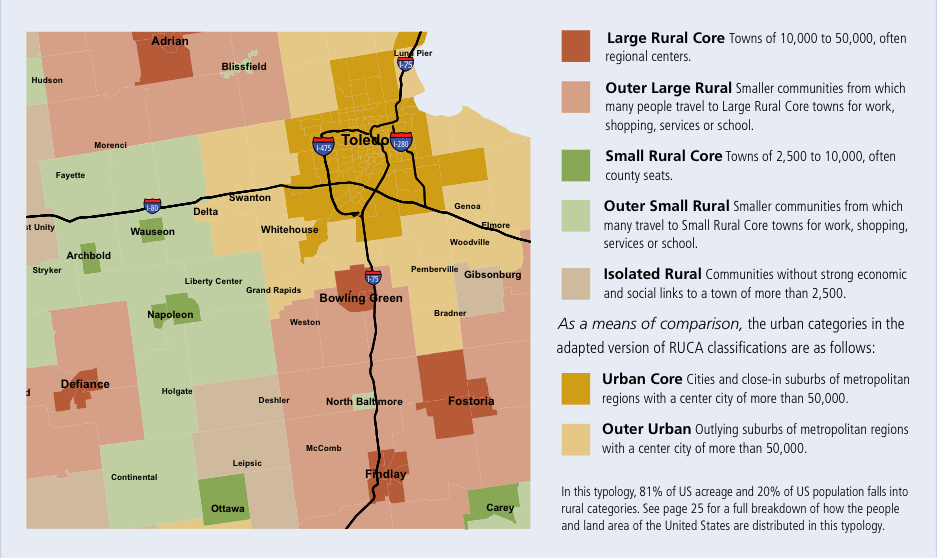
RAILS TO TRAILS CONSERVANCY
Some commentators and decision-makers have long assumed that biking and walking are strictly a “big city” phenomenon, and that rural America can’t benefit substantially from bicycling and pedestrian infrastructure. Previous research has found that rural Americans walk and bicycle at 58 percent of the rate that urban Americans do. However, the most recent data from the U.S. Department of Transportation (DOT) tell a different story.
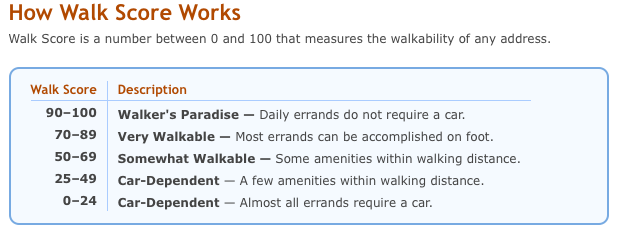
Walk Score has released its 2011 list of the 10 Most Walkable Cities. Walk Score ranks the walkability of the 50 largest states in the United States. The Walk Score Algorithm Walk Score measures how easy it is to live a car-lite lifestyle—not how pretty the area is for walking. Walk Score uses a patent-pending […]
View this complete post...Follow InfrastructureUSA
Video, stills and tales. Share images of the Infra in your community that demands attention. Post your ideas about national Infra issues. Go ahead. Show Us Your Infra! Upload and instantly share your message.
Is the administration moving fast enough on Infra issues? Are Americans prepared to pay more taxes for repairs? Should job creation be the guiding determination? Vote now!
What do the experts think? This is where the nation's public policy organizations, trade associations and think tanks weigh in with analysis on Infra issues. Tell them what you think. Ask questions. Share a different view.
The Infra Blog offers cutting edge perspective on a broad spectrum of Infra topics. Frequent updates and provocative posts highlight hot button topics -- essential ingredients of a national Infra dialogue.
It is encouraging to finally see clear signs of federal action to support a comprehensive US infrastructure investment plan.
Now more than ever, our advocacy is needed to keep stakeholders informed and connected, and to hold politicians to their promises to finally fix our nation’s ailing infrastructure.
We have already engaged nearly 280,000 users, and hoping to add many more as interest continues to grow.
We require your support in order to rise to this occasion, to make the most of this opportunity. Please consider making a tax-deductible donation to InfrastructureUSA.org.
Steve Anderson
Managing Director
SteveAnderson@InfrastructureUSA.org
917-940-7125